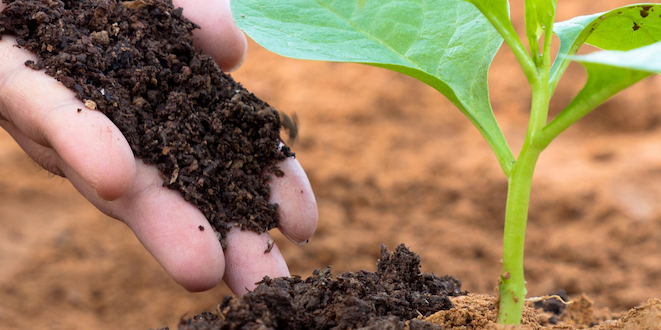
May 9, 2022Fertilizer, input costs focus of UF/IFAS seminar
Agriculture’s tenuous relationship with global events, increasing input costs and competition posed by other growing regions were brought into focus at this year’s Florida Agricultural Policy Outlook Conference.
The March event at the University of Florida Institute of Food and Agricultural Sciences’ (UF/IFAS) Mid-Florida Research and Education Center in Apopka featured economists and researchers discussing how policy issues could affect production.
A big issue is fertilizer costs. John Walt Boatright, director of national affairs and interim director of state legislative affairs for the Florida Farm Bureau, said fertilizer costs and overall inflation increases of input costs are the biggest issues affecting growers. He discussed a congressional effort to encourage the Biden administration to implement certain types of waivers on tariffs and other costs associated with importing fertilizers.
“High fertilizer prices are massive concerns for farmers,” said Boatright. “Nitrogen fertilizers are way up because of problems with gas suppliers, especially in Europe.”
Nitrogen prices were so high that at one point, many European Union plants shut down, which undercut world nitrogen fertilizer supplies and capacities. Additionally, the former Soviet Union used to require American help to feed itself but is now a breadbasket.
“Things have gone very well in agriculture for the last four years in terms of the ability to grow and feed the world, with so much stability and so much growth,” said Boatright. “This year in particular, even more than the last two years, 2022 will probably need an asterisk, as a reminder of how fragile things are. There’s the massive disruption of the world ag system. This Ukrainian conflict is an indication of how much we are on a razor’s edge in regard to the world’s food security.”
J. Scott Angle, UF/IFAS vice president for agriculture and natural resources, reported that a favorable 2022 budget and several initiatives should allow the department to focus more on policy and nutrient issues.
 Angle discussed $8.8 million allocated for research on nutrient application rates, particular fertilizer recommendations, on sweet corn, green beans, tomatoes and potatoes with the intention of adding other crops. The research will inform regulators at the Florida Department of Agricultural and Consumer Services to update Best Management Practices in agency user manuals, allowing growers to be more compliant.
Angle discussed $8.8 million allocated for research on nutrient application rates, particular fertilizer recommendations, on sweet corn, green beans, tomatoes and potatoes with the intention of adding other crops. The research will inform regulators at the Florida Department of Agricultural and Consumer Services to update Best Management Practices in agency user manuals, allowing growers to be more compliant.
“This is an area that absolutely needs more policy input,” said Angle. “Policy is what makes good science available. Policy is what drives many of the solutions, particularly in Florida.”
Other funding for research projects includes $2.2 million for an ecosystem services project designed to develop an artificial intelligence tool to identify, validate and quantify ecosystem services delivered by Florida agricultural and natural systems. Another $1.1 million is slated to fund geomatics through an undergraduate program in the study of geospatial analysis That includes surveying and mapping.
Zhengfei Guan, of UF/IFAS’ Food and Resource Economics Department at the Gulf Coast Research and Education Center in Balm, displayed data showing how Mexico’s rise in produce exports to the U.S. affected Florida growers. He noted how across the board, commodities which once saw higher U.S. production than Mexican imports have now reversed.
Florida’s strawberry production, for example, was once 220 million pounds in total production capacity, three times higher than imports. As with blueberries, tomatoes, peppers and squash, the situation is now the opposite, with Mexican imports dominating supplies.
“Mexico is really the dominant player with Mexican production almost a one-direction trade,” he said. “The U.S. fruit and vegetable industry is trending down. We need to be aware of the structural changes experienced by the fruit and vegetable industries, especially in Florida.
“Because fruits and vegetables are labor intensive, we need to invest more in public research to get new technology,” Guan said. “Mechanization and automation are the future of the industry. At the end of the day, we have to be competitive in producer costs. Then, we will have a viable and sustainable industry.”
— Doug Ohlemeier, assistant editor
















